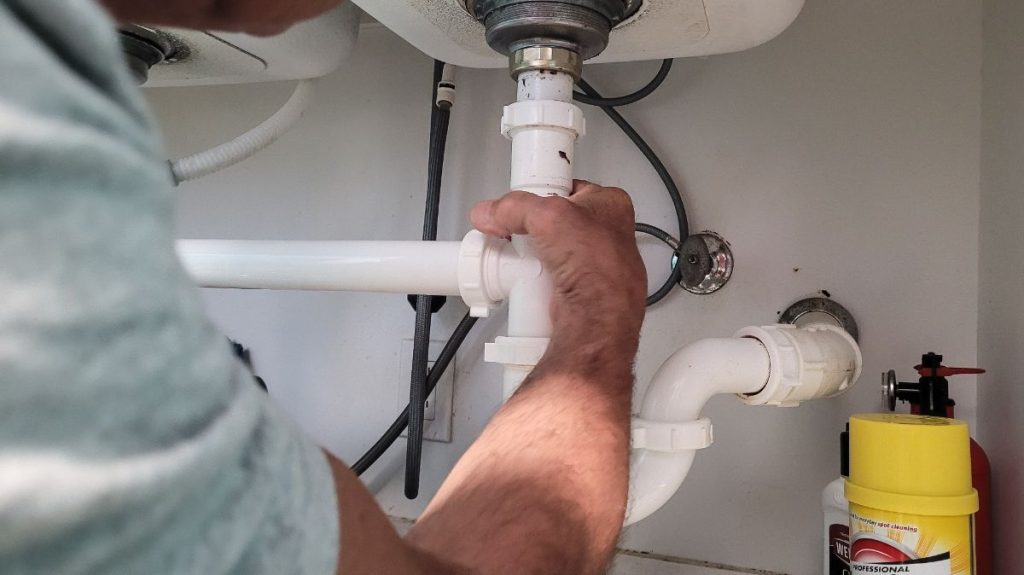What are some common pipe problems?
- Water heater unit issues
- Leaking faucets or pipes
- Low water pressure
- Running toilet
- Clogged drains and toilets
Having a clean home or office is very rewarding, but it comes with responsibilities such as taking care of the pipes. We at Supreme Pipe Corp. know that pipe maintenance isn’t always at the top of your to-do list, but ignoring your pipes can potentially lead to difficult plumbing issues, including a flooded home or office.
To help you ensure this doesn’t happen, we put together a list of common pipe problems and how to avoid them. Read on to learn more.
Water Heater Unit Issues
First, water heater problems are usually easy to identify and can be indicated by common signs like sudden changes in water temperature, discolored water, water leaks, and unusual noises coming from the water heater unit. These signs are a clear indication that there is a problem with your water heater and it requires attention.
In some cases, minor issues can be resolved without professional help. However, most water heater problems and repairs should be handled by a professional due to the potential dangers they may pose.
How to fix it: A gas-powered water heater can be identified by checking the pilot light, which indicates if it is functioning correctly and producing hot water. If the pilot light is off, the unit is not producing hot water. Mineral deposits in the water tank can cause issues, but draining the tank to remove the sediment is only a temporary fix. If there is water pooling around the water heater, it is best to call a plumber promptly.
Leaking Faucets or Pipes
Leaking faucets and pipes are common issues in establishments that can result in financial loss. A dripping faucet, although not an immediate emergency, can lead to significant water waste and increase your monthly water bill by as much as 10%.
On the other hand, leaking pipes can quickly escalate into a more serious problem if not addressed promptly. Usually, you can identify leaking pipes by observing puddles below the pipes or hearing the sound of dripping.
How to fix it: Fixing a leaking faucet involves replacing the faulty washer, which can be done by a professional plumber using specialized tools. Leaking pipes can range from a simple repair to a complicated issue and it may be advisable to call a professional to avoid further problems and ensure a proper repair.
Low Water Pressure
Low water pressure is a common plumbing issue in both old and new homes. It can either happen suddenly or gradually deteriorate over time, depending on the cause. Low water pressure affects the ability to rinse things and shower. Therefore, fixing it is important for normal water use.
How to fix it: If you think build-up is the problem, start with the aerators or showerheads where you have water pressure issues. Unscrew the end on the faucet tap for cleaning. Soak the aerator in vinegar for removal of build-up. Do this overnight. If you think there are other reasons behind this issue, you can ask help from a plumber to restore water pressure.
Running Toilet
A constantly running toilet is a problem that occurs when the components inside the toilet, such as the flapper valve, float, fill tube, or other parts, are not functioning correctly. To determine if there is a leak, you can perform a simple test by adding food coloring to the water in the tank and waiting for 20 minutes to check if there’s a leaked color.
How to fix it: To fix a constantly running toilet, check the fill tube, adjust the float, and examine the flapper chain to make sure they are functioning properly. If this solution doesn’t work, it’s best to replace the internal tank components immediately.
Clogged Drains and Toilets
Finally, clogged or slow drains are caused by a partial or complete blockage of the drain. Hair is a common cause for sinks and showers, but other objects like small toys and shampoo lids can obstruct the pipe, too. Meanwhile, in toilets, non-dissolvable waste that is accidentally flushed can lead to blockages as these items cannot pass through the pipes and prevent the water flow.
How to fix it: To unclog drains, start by using a plunger, which uses air pressure to loosen blockages in both toilets and drains. Use it by placing the plunger over the drain and moving it up and down to create suction. If possible, you can also remove the clog with tweezers or pliers. If the plunger is not effective, consider using chemical drain cleaners instead.
Key Takeaway
In conclusion, pipe problems can cause damage to homes and establishments and lead to increased monthly expenses. That’s why regular maintenance and repairs should be prioritized to prevent these.
This blog just provided you with pipe problems and how to avoid them. If you’re looking for a one-stop shop steel pipe supplier in the Philippines, partner with Supreme Pipe Corp. today!
We stock a list of high-quality and affordable pipes that are the first choice of Filipino homeowners and industries. Contact Supreme Pipe Corp. today.
